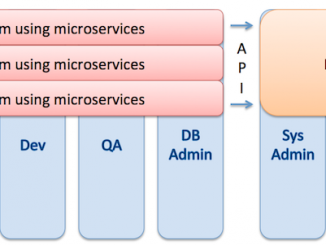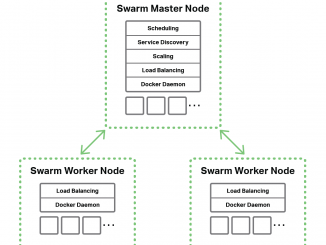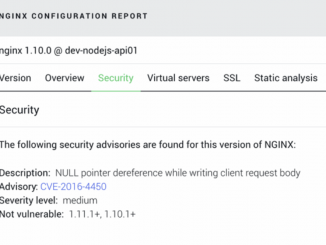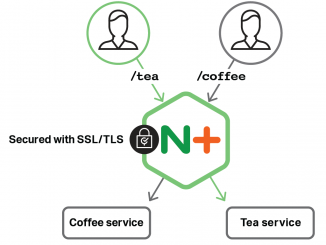
Moving to Microservices: Highlights from NGINX
Moving to Microservices: Highlights from NGINX Microservices is the most popular development topic among readers of the NGINX blog. NGINX has been publishing regularly on microservices design and development for the past 2 years. To help you on your journey to adopting microservices, this post identifies some of the foundational posts we’ve published on the subject. Many of our leading blog posts come from three series on microservices development. Our first series describes how Netflix adopted microservices enthusiastically, using NGINX as a core component of their architecture. Netflix then shared their work with the open source community. The lessons they learned are described in three blog posts covering: Architectural design for microservices apps Team and process design for implementing microservices The crucial role of NGINX at the heart of the Netflix CDN A cross-functional, DevOps-based approach is needed for microservices [ more… ]




